| Weight | 1 lbs |
|---|---|
| Dimensions | 9 × 5 × 2 in |
| target | Chikungunya Glycoprotein E1 |
| species reactivity | Chikungunya virus |
| applications | ELISA |
| assay type | Indirect & quantitative |
| available size | 1 mg |
Chikungunya Glycoprotein E1 Antigen BA148R2
$1,243.00
Summary
- Virion/Serion Immunologics Antigen for research use (RUO)
- Chikungunya Glycoprotein E1 Antigen, recombinant
- Suitable for detection of IgA, IgG & IgM antibodies in ELISA
- Lot specific concentration, specified in mg/mL
- 1 mg
Chikungunya Glycoprotein E1 Antigen BA148R2
| kit |
|---|
| Research area Infectious Disease |
| Storage Store -65°C or below. Avoid repeated freeze-thaw cycles. Avoid repeated freeze-thaw cycles. |
| Form liquid |
| Associated products Chikungunya Glycoprotein E2 Antigen (BA148R1) Chikungunya Glycoprotein E1 Antigen (BA148R2) Chikungunya Glycoprotein E1 (A226V) Antigen (BA148R3) Chikungunya Virus Human IgG Assay Control (BC148G) Chikungunya Virus Human IgM Assay Control (BC148M) Chikungunya Virus IgG ELISA Kit (ESR148G) Chikungunya Virus IgM ELISA Kit (ESR148M) |
| target relevance |
|---|
| Organism Chikungunya Virus |
| Protein names Chikungunyavirus |
| Structure and strains Chikungunya is an infection caused by the Chikungunya virus (CHIKV). The disease was first identified in 1952 in Tanzania and named based on the Kimakonde words for "to become contorted". Symptoms include fever and joint pain. These typically occur two to twelve days after exposure. Other symptoms may include headache, muscle pain, joint swelling, and a rash. Symptoms usually improve within a week; however, occasionally the joint pain may last for months or years. The risk of death is around 1 in 1,000. The very young, old, and those with other health problems are at risk of more severe disease. |
| Detection and diagnosis The diagnosis is mainly based on direct pathogen detection or serological methods. Within the early phases virus detection by RT-PCR is the method of choice. After the onset of immune responses viremia will drop leading to reduced sensitivity of direct detection methods. Achieving this stage demonstration of specific antibodies should be used for diagnosis. Due to persistence of IgG and to lesser extent IgM antibody serology allows for retrospective evaluation. |
Data
Publications
| pmid | title | authors | citation |
|---|---|---|---|
| We haven't added any publications to our database yet. | |||
Protocols
| relevant to this product |
|---|
| BA148R2 protocol |
Documents
| Product data sheet |
|---|
| BA148R2 |
Only logged in customers who have purchased this product may leave a review.
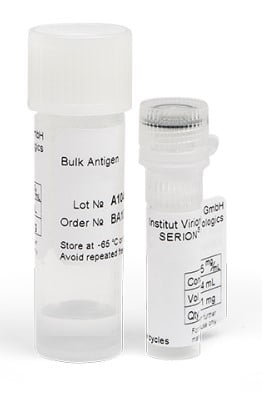
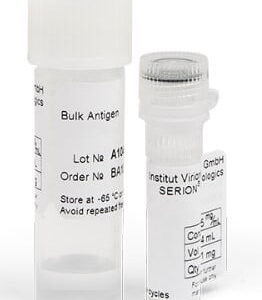

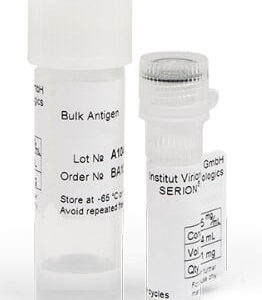
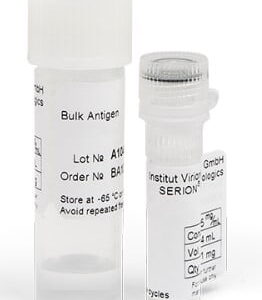
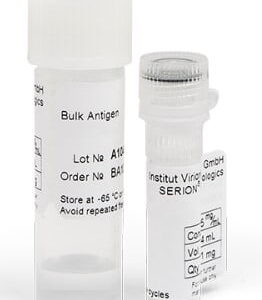
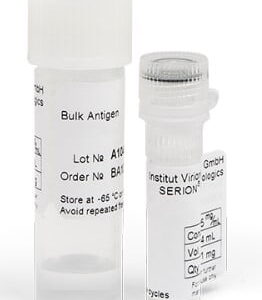

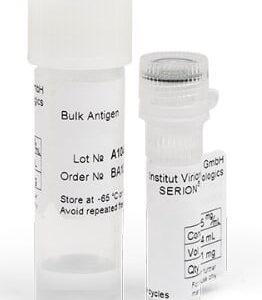



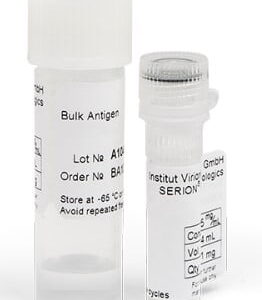
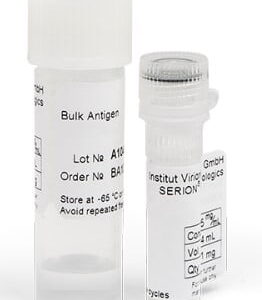
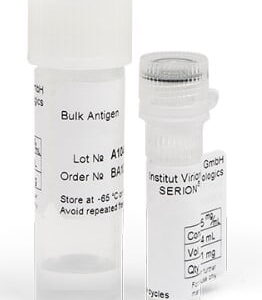
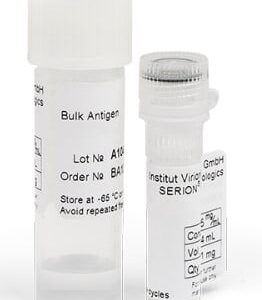
Reviews
There are no reviews yet.